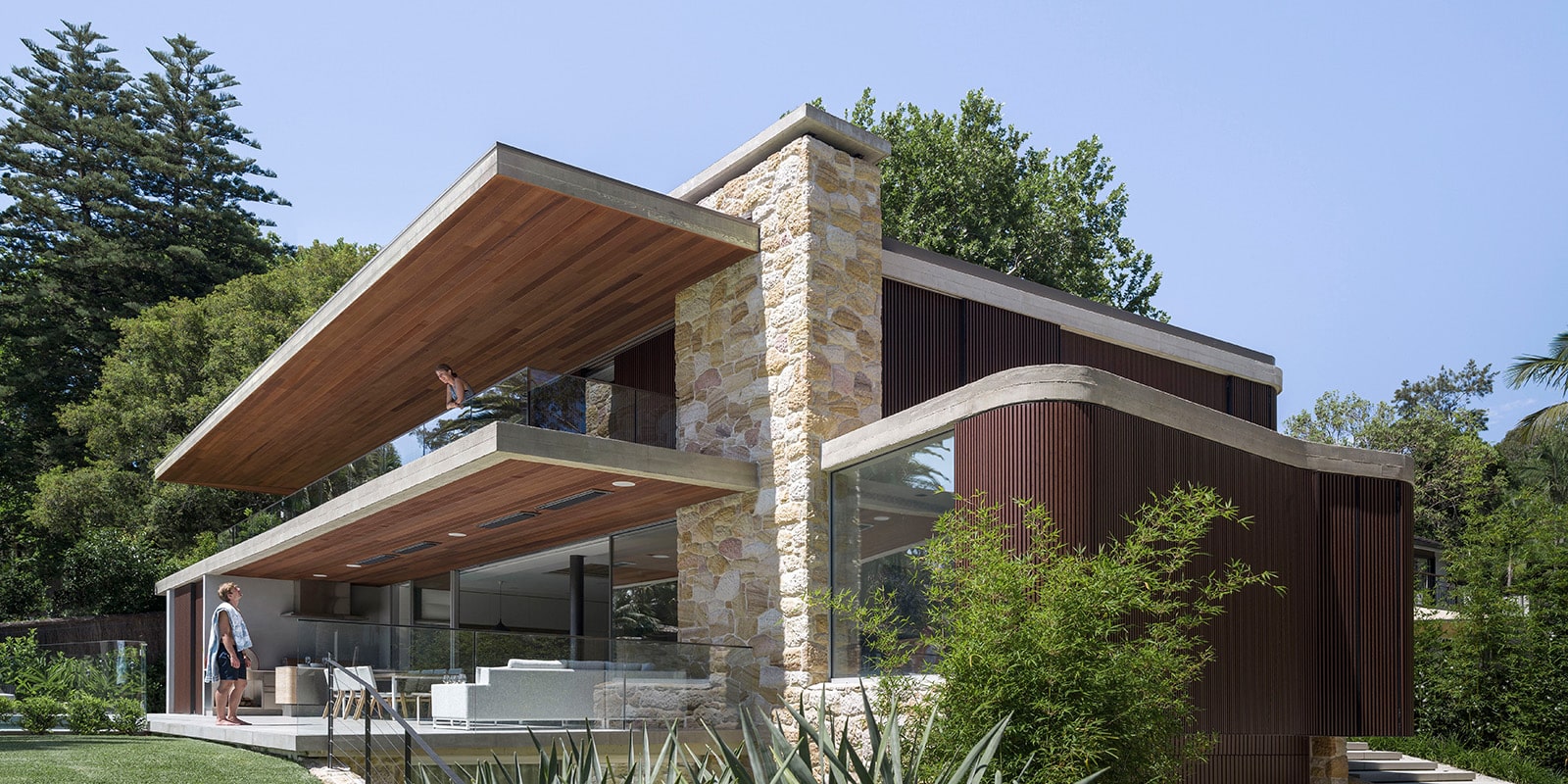How to get council approval?
The short answer is by Hiring a qualified architect.
Choosing the Architect is the most crucial second step after choosing the location of the lot. A qualified and experienced architect will design your lifestyle and your daily routine. The Architect will design it from the first moment you wake up at that house until you go to bed. It is way more than creating space. Let me tell example;
Suppose your Master bedroom has a large sliding door that opens to a balcony. The Balcony overlooks a nice view. Suppose the glazed slid door ordinated toward the east north makes early sunshine rays come into your bedroom. Imagine sleeping in your comfy bed, rays of early sunshine coming to your bed. You wake happy as sunlight has magical effects on us. Then naturally, you will come by the window to look at a wonderfully landscaped backyard or a unique view. It will inspire you to breathe for minutes; now you did YOAG, that is good for your being... The Architect encouraged you to do it naturally.
That was a simple example of how an Architect can design your lifestyle and daily routine.
But before you start building your dream home, you need to know that you need council permission. And to get it, you need to request that formally by submitting a development application. The development application will contain many documents that demonstrate the design and compliance with all relevant Local environmental plans [LEP] and Council development controls plans [DCP].
The good news is; that you, as the owner, don't need to know much about the approval process. It would be best if you had someone whose job is doing that, I mean an architect.
Architects lead their team and prepare all related documents ready for submission, and they will follow up with the Council until approval. And architects can extend their service by working the building process after the approval until you get the occupational certificate and settle in your dream home.
Owner Duty is to corroborate;
It is essential to express your needs to your architects. The design needs to reflect and suit your personality, needs, style, and budget. It would be best if you remembered that; the resulting product would last for decades. And any mistake will be difficult and expensive to be erected plus fixed. Besides complying with rules and regulations, owners should corroborate with the Architect to get a design that suits them.
The Architect Will,
- Design the house;
- Manage consultants;
The Architect will start by analyzing the Lot specifications. Such as location, area, shape, size, frontage length, overall land slop, surrounding buildings, etc.
They will organize with a qualified Building surveyor to prepare a detailed survey plan. Then They will start the design phase—the need to design according to all relevant Council's rules and regulations. The Architect will keep developing the design until it complies and make sure the client approves plans.
The Architect must inform the client of all design details by sending him a copy of the architectural plans and details to check and confirm if he is happy. Ideally, a meeting needs to be held and discuss the design and get client confirmations or notes. It is a long process, but it is a fun process too. Enjoy it.
- Prepare the Plans and documents to support your Development application.
After that client prepared the final set of architectural plans and details. Now They need to manage consultants, Such as; Building surveyors, Landscape designers, hydraulic and structural engineers etc.
- Submitted to the Council and follow up with you and the Council until approval.
The central part of the application is the design itself, so the architect main duty is to provide you with a final and detailed set of drawings. The set will include all architectural Plans, elevations, sections, Site analysis, Stormwater concept plan, landscape plan, waste management plan and schedules of material and finishes, .etc. Note, the Architect will organize with some consultants in the early design stage. Such as hydraulic and structural engineers.
Then the second part is Few Documents that support The Design and demonstrate how the plans comply with codes and regulations. It could include a few reports and details, such as; BASIX Certificate, Statement of Environmental effects, Traffic report, Flood control report, Arborist Reports and fire safety report ...etc.
The third part is filling the application form and get the checklist as the Council requires.
The Architect knows which type of application you need to submit. Wither the [DA], [CC], combined [DA & CC] or [CDC]..etc.
After submitting your development application, wait for the council decision. Council will check the design. If they ok with it, they will stamp your documents and send them back to you with the approval letter.
Otherwise, Council might contact you requiring further supporting documents or modifications.
Owners don't need to worry as architects have the experience to deal with councils and authorities. They will guide you professionally and get the best outcomes.
In a worse situation, Council might refuse your application for many reasons. One of them is that the design does not comply with code and regulations. And they will send you a letter of the specific reasons.
Architects need to advise their clients if they believe that Council does not permit their projects. Suppose The client still wants to go ahead. In that case, he is responsible for any outcome. He pays the architect fee fully whether the application is approved or not. Architects helping clients to get approved, but it is the council decision at the end of the day.





No comments:
Post a Comment